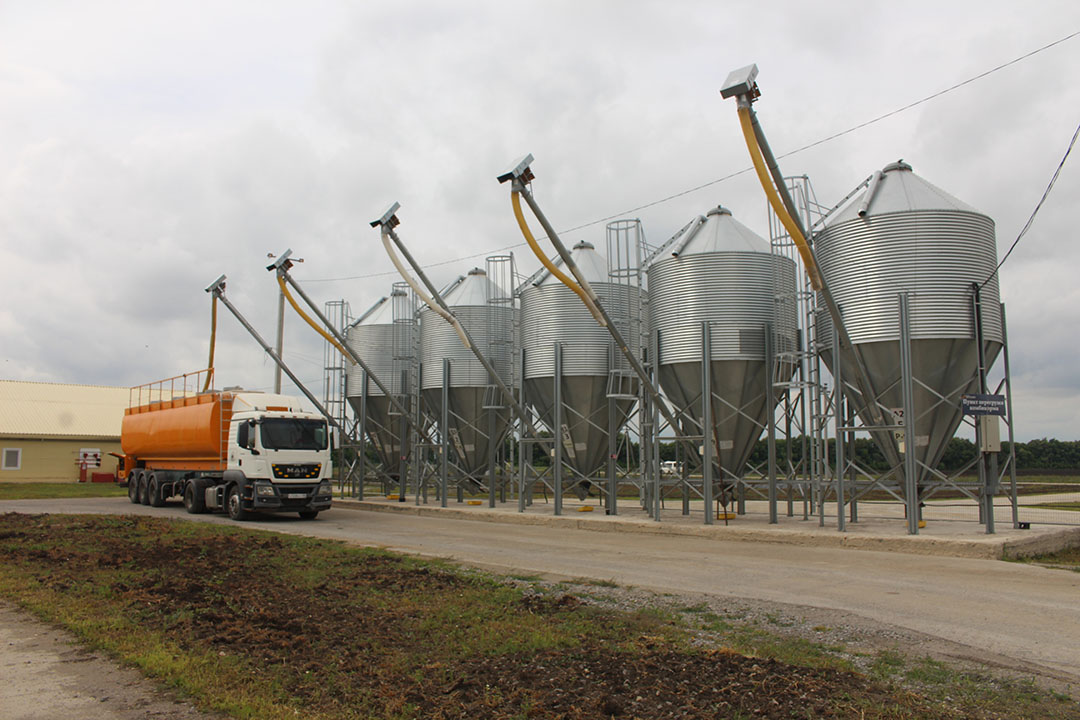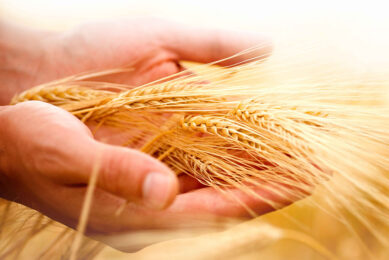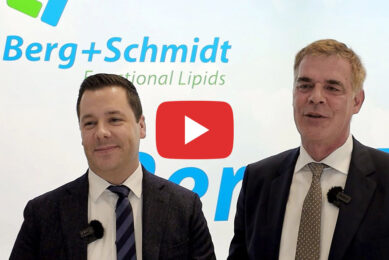Russian feed producers are increasingly using animal fat

Over the course of the past 2 years, the demand for animal fat in Russia has doubled.
Stanislav Savchuk, general director of Russian agricultural company Samila, a subsidiary of Saria Group, told local magazine Agroinvestor this. According to him, the growth has been primarily secured by large agricultural holdings, which run their own slaughterhouse waste processing and feed mills. Animal fat could replace up to 50% of vegetable oil in feed products, Savchuk added.
The demand for vegetable oil is estimated at 230,000 tonnes for poultry feed and 150,000 tonnes for pig feed per year in Russia. “Against this backdrop, it is easy to calculate that the potential demand for animal fat in Russia stands at 190,000 tonnes per year, including 115,000 tonnes for the poultry segment and 75,000 for the pig segment,” Savchuk estimated.
Saria Group currently operates 2 production sites in Belarus and 3 in Russia, with a total production capacity of 46,000 tonnes of animal fat per year. The company sells 60% of its animal feed to poultry farmers, with the remaining 40% being sent to pig farmers and independent feed mills primarily located in European Russia.
 Russia embraces new trends
Russia embraces new trends
Russian farmers find themselves in a new reality as over the past few years, the country’s environmental-protecting organisations have become a force to be reckoned with.
Price matters
To some extent, the growing demand is driven by rather flat price dynamics on animal fat on the Russian feed market. Over the course of the past few years, the average price of animal fat ranged between Rub 33,500 (US$ 440) and Rub 35,500 (US$ 466) per metric tonne, Samila estimated.
Animal fat is cheaper than vegetable oil, and price differences have been ranging between Rub 10,000 (US$ 131) and Rub 30,000 (US$ 394) due to ups and downs on the Russian vegetable oil market. This year has been marked by a sharp rise in prices for feedstuff in Russia. The average price for animal fat jumped to Rub 53,000 (US$ 696). However, the price for sunflower oil currently stands at Rub 74,000 per metric tonne (US$ 972), which is believed to be one of the highest levels ever seen.
 Russia is set to ramp up fish meal production
Russia is set to ramp up fish meal production
In 2019, fish meal production in Russia reached 126,000 tonnes. This figure increased 46% since 2015, BusinesStat estimated.
Given the current price conditions on the Russian animal feed market, the payback period of a new production line is limited to only one year, Savchuk said. In case of a huge production level, the financial results could be even greater, and the production could pay for itself in just one quarter, he added. However, the demand for animal fat is constrained by the technical difficulties of its use. At certain temperatures, animal fat becomes solid, meaning feed mills need to conduct some re-equipment bearing certain costs to introduce animal fat to the production chain, according to Savchuk.











